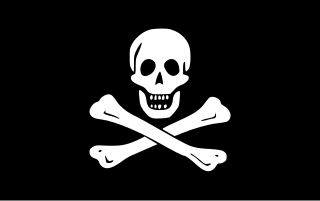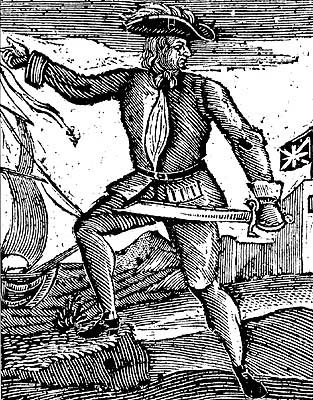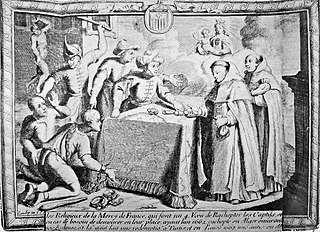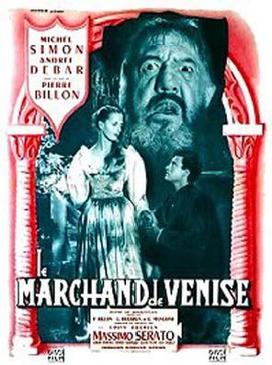
Piracy is an act of robbery or criminal violence by ship or boat-borne attackers upon another ship or a coastal area, typically with the goal of stealing cargo and other valuable goods. Those who conduct acts of piracy are called pirates, and vessels used for piracy are called pirate ships. The earliest documented instances of piracy were in the 14th century BC, when the Sea Peoples, a group of ocean raiders, attacked the ships of the Aegean and Mediterranean civilisations. Narrow channels which funnel shipping into predictable routes have long created opportunities for piracy, as well as for privateering and commerce raiding.

The Lido, or Venice Lido, is an 11-kilometre-long (7-mile) barrier island in the Venetian Lagoon, Northern Italy; it is home to about 20,400 residents. The Venice Film Festival takes place at the Lido in late August/early September.

The Barbary pirates, Barbary corsairs, Ottoman corsairs, or naval mujahideen were mainly Muslim pirates and privateers who operated from the largely independent Barbary states. This area was known in Europe as the Barbary Coast, in reference to the Berbers. Slaves in Barbary could be of many ethnicities, and of many different religions, such as Christian, Jewish, or Muslim. Their predation extended throughout the Mediterranean, south along West Africa's Atlantic seaboard and into the North Atlantic as far north as Iceland, but they primarily operated in the western Mediterranean. In addition to seizing merchant ships, they engaged in razzias, raids on European coastal towns and villages, mainly in Italy, France, Spain, and Portugal, but also in the British Isles, and Iceland.

Emilio Salgari was an Italian writer of action adventure swashbucklers and a pioneer of science fiction.
John Ward, also known as Birdy or later as Yusuf Reis, was an English pirate who later became a Corsair for the Ottoman Empire operating out of Tunis during the early 17th century.

Howell Davis, also known as Hywel and/or Davies, was a Welsh pirate. His piratical career lasted just 11 months, from 11 July 1718 to 19 June 1719, when he was ambushed and killed. His ships were the Cadogan, Buck, Saint James, and Rover. Davis captured 15 known English and French ships.
Pietro IV Candiano (925–976) was the twenty-second (traditional) or twentieth (historical) doge of Venice from 959 to his death. He was the eldest son of Pietro III Candiano, with whom he co-reigned and whom he was elected to succeed.

Morgan the Pirate is a 1960 Italian-French international co-production historical adventure film, directed by André de Toth and Primo Zeglio, and starring Steve Reeves as Sir Henry Morgan, the pirate who became the Lieutenant-Governor of Jamaica.

The Black Corsair is an 1898 adventure novel written by Italian novelist Emilio Salgari. Set in the Caribbean during the Golden Age of Piracy, the novel narrates the exploits of Emilio Roccanera, Lord of Ventimiglia and his attempts to avenge his brothers, slain by the Duke Van Guld, now Governor of Maracaibo. The Lord of Ventimiglia, known throughout the Spanish Main as the Black Corsair, allies himself with some of the greatest pirates and buccaneers of the era: François L'Ollonais, Michael the Basque and Henry Morgan, vowing never to rest until he attains his vengeance.
Jan Janszoon van Haarlem, commonly known as Reis Mourad the Younger, was a Dutch pirate who later became a Barbary corsair in Ottoman Algeria and the Republic of Salé. After being captured by Algerian corsairs off Lanzarote in 1618, he converted to Islam and changed his name to Mourad. He became one of the most famous of the 17th-century Barbary corsairs. Together with other corsairs, he helped establish the independent Republic of Salé at the city of that name, serving as the first President and Commander. He also served as Governor of Oualidia.

The Son of the Red Corsair is an exotic adventure novel written by Italian author Emilio Salgari, published in 1908. The novel was adapted for the silver screen in Italy in 1959.

The Barbary slave trade involved the capture and selling of white European slaves at slave markets in the largely independent Ottoman Barbary states. European slaves were captured by Barbary pirates in slave raids on ships and by raids on coastal towns from Italy to Ireland, and the southwest of Britain, as far north as Iceland and into the Eastern Mediterranean.

Pietro Loredan of the noble Loredan family, was the 84th Doge of Venice, reigning from 1567 to 1570.

The Republic of Salé, also known as the Bou Regreg Republic and the Republic of the Two Banks, was a city-state maritime corsair republic based at Salé in Morocco during the 17th century, located at the mouth of the Bou Regreg river. It was founded by Moriscos from the town of Hornachos, in western Spain. The Moriscos were the descendants of Muslims who were nominally converted to Christianity, and were subject to mass deportation during Philip III's reign, following the expulsion of the Moriscos decrees. The republic's main commercial activities were the Barbary slave trade and piracy during its brief existence in the 17th century.

Fosca is an opera seria in four acts by Brazilian composer Antônio Carlos Gomes to an Italian-language libretto by Antonio Ghislanzoni based on Luigi Capranica's 1869 novel La festa delle Marie.
José Joaquim Almeida, was a Portuguese-born American privateer who fought in the Anglo-American War of 1812 and the Argentine War of Independence.

The Lion of St. Mark is a 1963 Italian adventure film co-written and directed by Luigi Capuano.

The Merchant of Venice is a 1953 French-Italian drama film directed by Pierre Billon and starring Michel Simon, Andrée Debar and Massimo Serato. It is loosely based on William Shakespeare's Elizabethan play of the same name.
Piero Pierotti was an Italian director and screenwriter.

A period of Albanian piracy occurred from the 15th to the 19th centuries, during which Albanian pirates plundered and raided ships. These pirates were based mainly in Ulcinj, but were also found in Bar and Ragusa, and had connections with North Africa.















